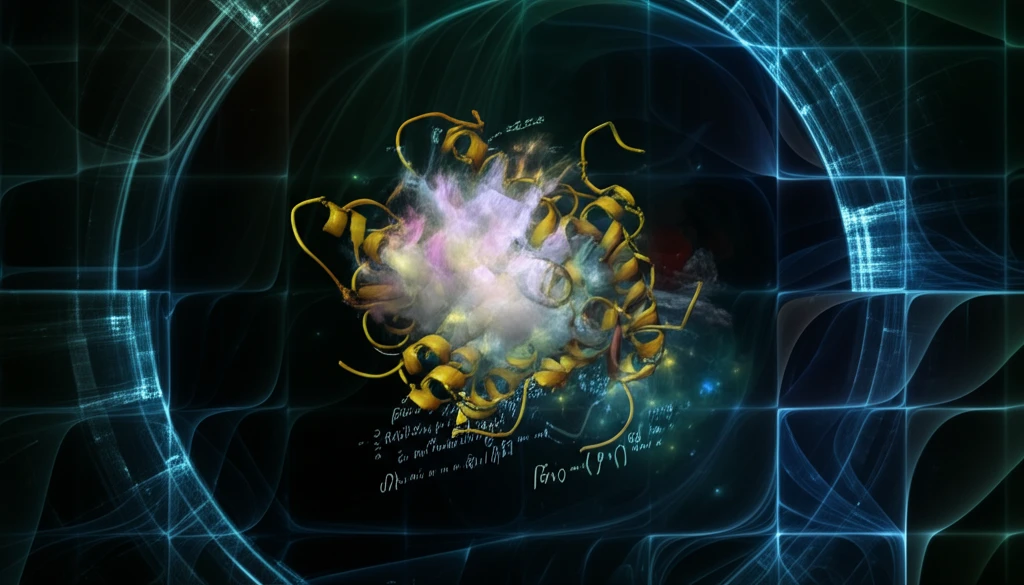
Unlocking Alzheimer's: New Mathematical Formulas Offer Hope for Understanding Aß Protein Structures
"Groundbreaking research uses theoretical calculations and experimental data to map cross-β structures, paving the way for targeted treatments and a deeper understanding of this devastating disease."
Alzheimer's disease is an increasingly prevalent condition in our aging society, posing significant challenges to healthcare systems worldwide. Despite decades of research and countless published articles, effective treatments to halt the progression of the disease or reverse neuronal damage remain elusive. A key aspect of Alzheimer's is the misfolding of amyloid-beta (Aß) proteins, which leads to the formation of toxic aggregates in the brain.
Understanding the mechanisms behind Aß misfolding is crucial to developing targeted therapies. One promising approach involves studying the cross-beta structures of Aß proteins, which are essential components of amyloid fibrils. Researchers are using both theoretical calculations and experimental techniques, such as X-ray crystallography, to map these structures and gain insights into their behavior.
Recent research has focused on developing mathematical formulas that accurately describe the cross-beta structures of Aß protein segments. These formulas not only validate experimental data but also correct inaccuracies found in existing protein databases, offering a more precise understanding of Aß protein structures. This mathematical approach provides a new lens through which to view and combat Alzheimer's disease.
Mapping the Aß Protein: How Mathematical Formulas Illuminate Complex Structures

The study of amyloid fibril cross-β structures in Aß proteins has taken a significant leap forward with the introduction of theoretical calculations that align with laboratory X-ray crystallography experiments. These calculations are distilled into mathematical formulas designed to represent and optimize the structures of human Aß protein segments accurately.
- Accurate Structural Representation: Mathematical formulas provide a precise way to represent the complex cross-β structures of Aß proteins.
- Data Correction: These formulas help correct inaccuracies and refine existing data in protein databases, ensuring researchers work with the most accurate information.
- Targeted Treatment Development: By understanding the exact structures, scientists can design treatments that specifically target and disrupt the formation of amyloid fibrils.
The Future of Alzheimer's Research: Mathematical Precision Leading the Way
The development and application of mathematical formulas to map the cross-beta structures of Aß proteins represent a significant advancement in Alzheimer's research. By providing accurate, verifiable models, these formulas pave the way for more targeted and effective treatments. As research continues, the integration of theoretical calculations with experimental data will be crucial in unlocking new strategies to combat this devastating disease, ultimately offering hope for improved outcomes and a better quality of life for those affected.
